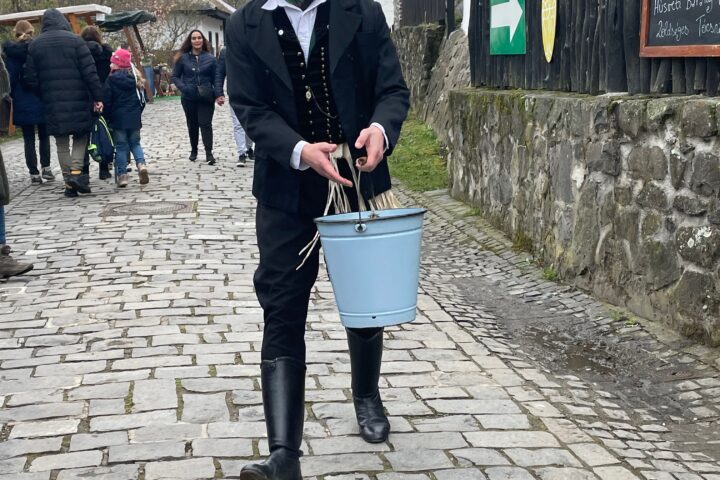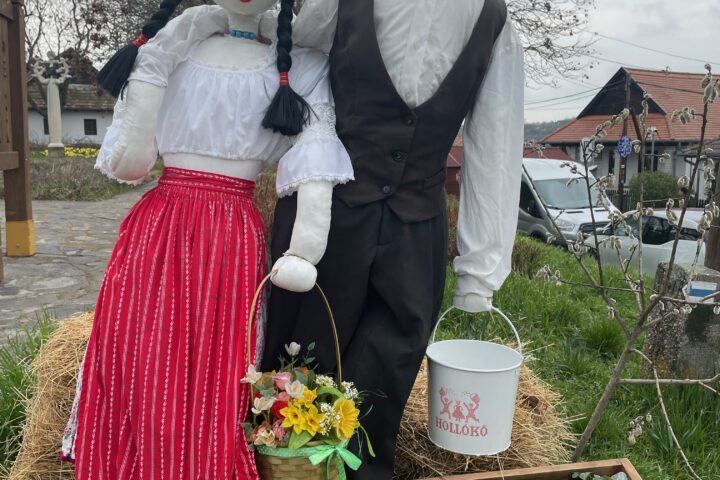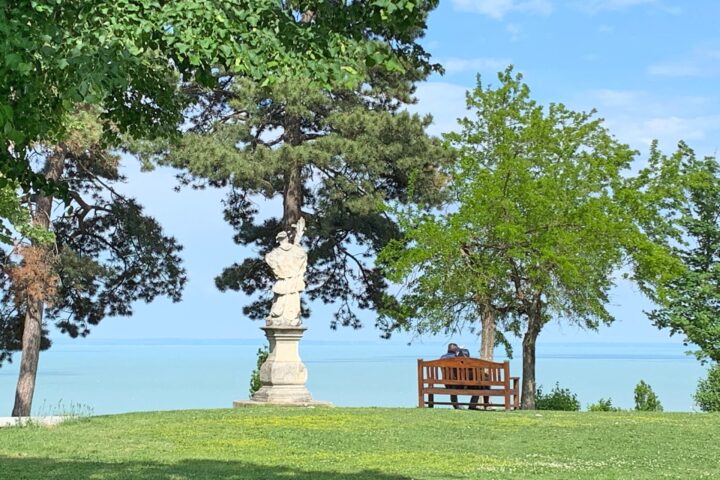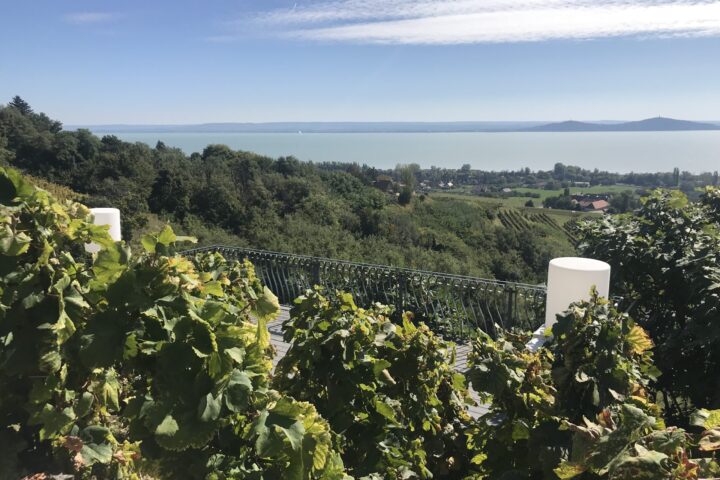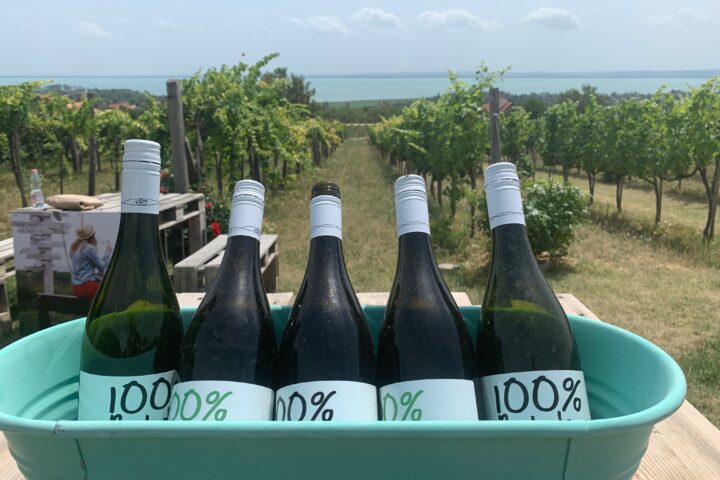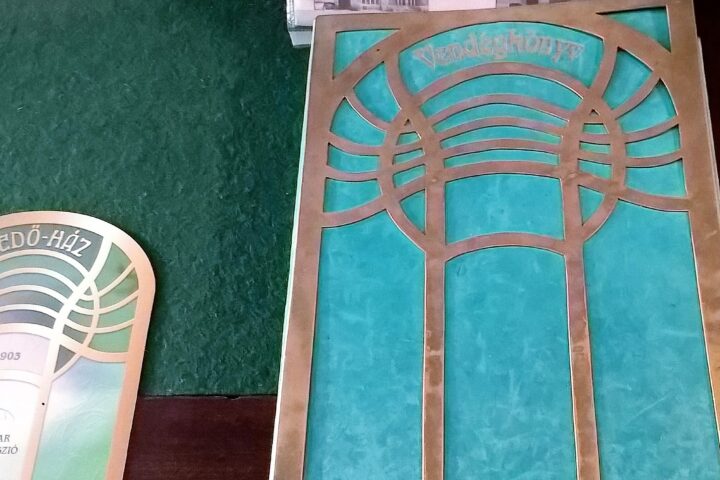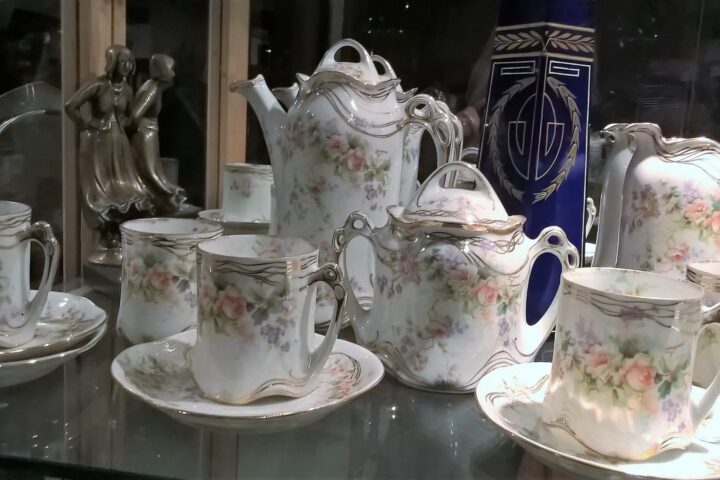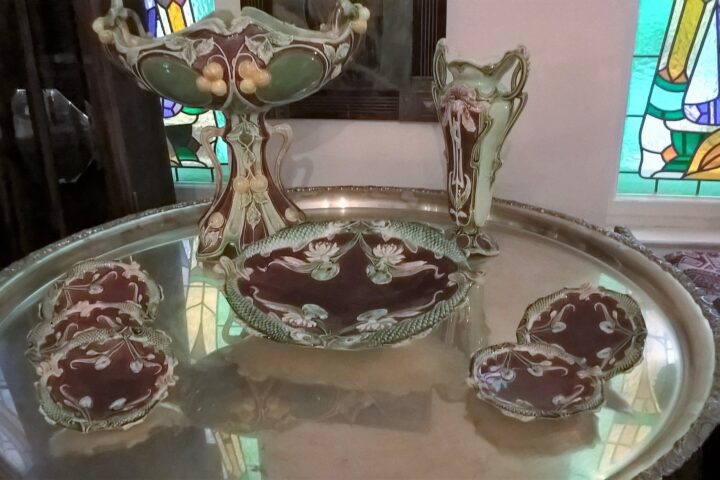Hungarian people named the lake Balaton the Hungarian sea almost a hundred years ago. That's where most of us spend at least a few days in the summer, go camping for a school excursion or ice skating in the winter. That's also where many of our friends from East Germany spent their summer vacations during the communist era, but that's an entire different story. The lake is about 80 km long, it's the biggest freshwater lake in Central Europe. The water is of a very beautiful green, and is smooth and silky, no wonder that the neighborhood is the number one tourist destination of locals. It's a holiday resort, the paradise of sailers, windsurfers and kiters, the venue of a few great summer music festivals and a perfect quiet place for chilling out. The Lake Balaton Tour takes you to the pretty Northern shore of the lake, a mountainous region with extinct volcanoes, highlands and several wine regions. The tour also includes rarities of the Hungarian architecture, I show you around the medieval castle of Nagyvázsony, the castle-town of Veszprém and the elegant Festetics palace of Keszthely. We visit charming little towns, like Tihany, which is said to be the richest Hungarian town and Balatonfüred, where we can take a little walk at the marina. let's not forget about food and drink, I'll introduce you to local farmers of the Kál basin and winemakers of the Badacsony wine region.
Hungarian people named the lake Balaton the Hungarian sea almost a hundred years ago. That’s where most of us spend at least a few days in the summer, go camping for a school excursion or ice skating in the winter. That’s also where many of our friends from East Germany spent their summer vacations during the communist era, but that’s an entire different story.
The lake is about 80 km long, it’s the biggest freshwater lake in Central Europe. The water is of a very beautiful green, and is smooth and silky, no wonder that the neighborhood is the number one tourist destination of locals. It’s a holiday resort, the paradise of sailers, windsurfers and kiters, the venue of a few great summer music festivals and a perfect quiet place for chilling out.
The Lake Balaton Tour takes you to the pretty Northern shore of the lake, a mountainous region with extinct volcanoes, highlands and several wine regions. The tour also includes rarities of the Hungarian architecture, I show you around the medieval castle of Nagyvázsony, the castle-town of Veszprém and the elegant Festetics palace of Keszthely. We visit charming little towns, like Tihany, which is said to be the richest Hungarian town and Balatonfüred, where we can take a little walk at the marina. let’s not forget about food and drink, I’ll introduce you to local farmers of the Kál basin and winemakers of the Badacsony wine region.


